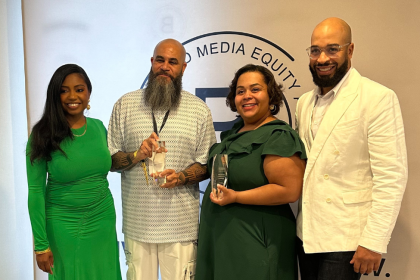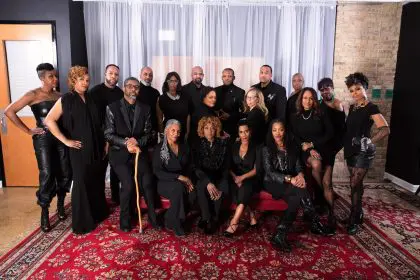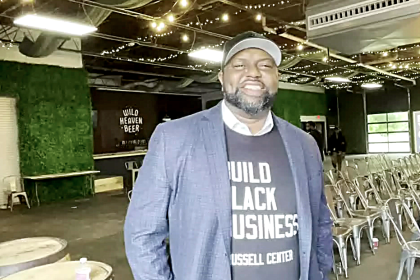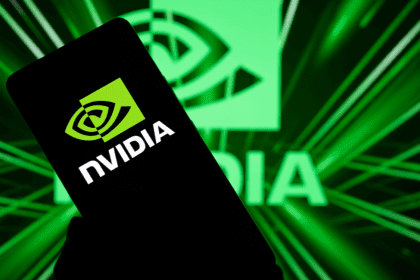
Hyperlocal bloggers, by conventional wisdom, should be rolling in the dough by now.
After all, all signs point to victory for them. We know that the print industry is losing advertising revenue to the digital space, that is, online and mobile technology ventures. We know that the current trend in advertising is hyperlocal marketing, where big name advertisers can make a direct impact on a very specific population, right down to the zip code. And we know that big brands want to reach the African American and multicultural markets, to better reflect a more diverse society.
So, why aren’t the hyperlocal black bloggers seeing more of those advertising dollars?
Even in the Promised Land of new media, there’s still an old-school disconnect between the mighty advertising dollar and the active black media outlet.
Shawn P. Williams, formerly a pharmaceutical salesman, founded Dallas South in 2006, one of the more successful hyperlocal news sites around. Williams didn’t leave his day job to focus on the news site. “My job left me,” he quipped. “When I started Dallas South News in 2006, it was to focus on the Southern Dallas community, which is about 50 percent Latino and 35 percent African American. With Jena 6, Dallas South became more of a national blog, so I thought about what to do, and I was introduced to the hyperlocal [model].”
Williams explained during the 2011 Blogging While Brown Convention that he adopted the nonprofit business model for his site, has a board of directors and his mom does the administrative work and Twitter updates.
“Nonprofit does not mean free. It’s a business model similar to the public radio or public television model. We look at three primary ways to earn revenue: individual donations. Our goal is to have donors to give between $10 and $100 per month; advertising has been a good source of revenue. A one month ad [costs] $199 to $399, according to where the ad is placed on the site; and philanthropic support. Right now, [we receive about] $6,000 in-kind donations, $7,000 in individual donations, $4,500 in advertising, $1,600 in other income, accounts receivable $3,100. You need to have various revenue streams.”
Williams says advertising picked up in March for the site, but it’s still difficult to attract new dollars.
“Advertisers don’t understand online yet. Do I go to social media? Do I go to a specific website? Do I go mobile? They don’t understand how African Americans are utilizing this technology or these websites. So, there’s this digital divide that everybody is talking about, but African Americans are, specifically, overrepresented in the mobile market. There’s an opportunity there.”
Advertisers routinely miss the opportunity to engage African American consumers on new media , Williams adds. “A lot of African Americans utilize their phones for news. So, advertisers, in a lot of cases, don’t understand this data or believe the data. So, when you’re selling to them, you have to sell two or three times.”
The elephant in the room is race, and that can be a factor with the web property and with the person selling the ads, Williams explains.
“If the salesperson who is selling is African American, it’s a factor. You have to figure out what that factor is, but it is a factor,” he tells rolling out.
“For instance, if you see two people go in for a mortgage with the same credentials and one is white and one is black, the person who is black is less likely to get that. I see the same thing in sales. We have the same concept as other people, and we can go in with all the same credentials or even better, but people don’t understand what we’re doing as much. And they just don’t understand because of the face that’s in front.”
Hyperlocal blogger Shawn P. Williams refers to one of the more successful, white-owned hyperlocal sites and points to its long list of local businesses that advertise on that site. “Because of the lack of small businesses in the African American community, that makes it harder. That’s another challenge.”
Hyperlocal news sites, in yet a new twist, are facing stiff competition from traditional news outlets, according to Ad Age. –zondra hughes















